Classic Bikes Hardtail
3208 Hardtails
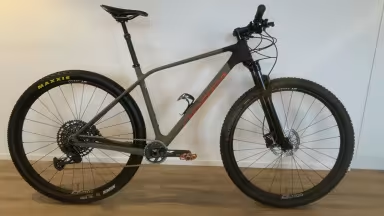
Orbea Alma

Canyon Grand Canyon 7
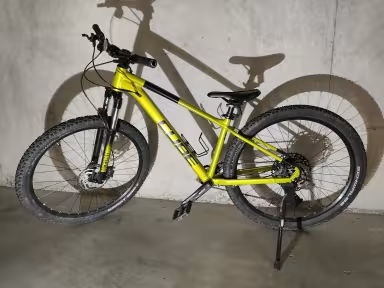
Cube ANALOG 27.5

Bombtrack Beyond+
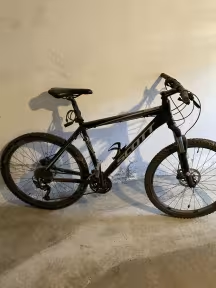
SCOTT Aspect 10

SCOTT Aspect 970
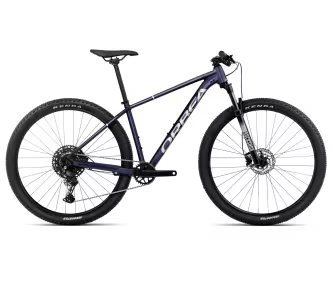
Orbea ONNA 29 20
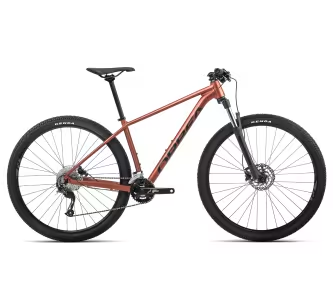
Orbea Onna 40

Cannondale Scalpel

Cannondale Trail SL 3
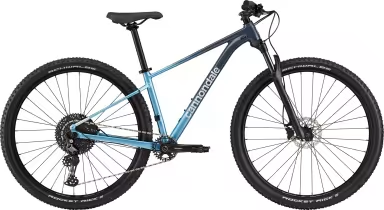
Cannondale Trail SL 3
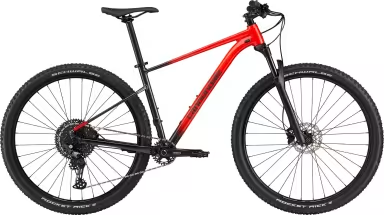
Cannondale Trail SL 3
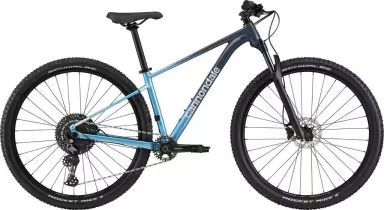
Cannondale Trail SL 3

Cannondale Scalpel Ht Carbon 2

Cannondale Scalpel Ht Carbon 2
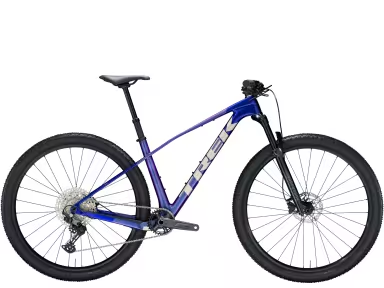
TREK Procaliber 9.5 Gen 3
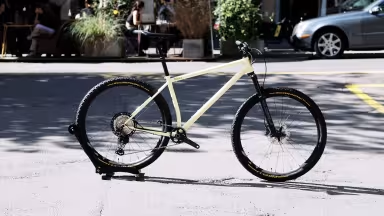
Ricca Cycling Mountain
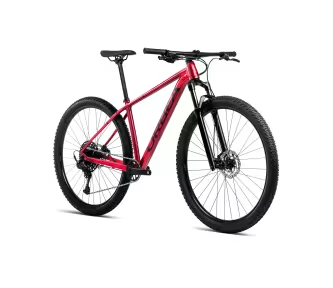
Orbea ONNA 27 50
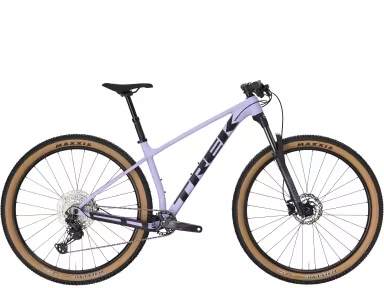
TREK Procaliber 6
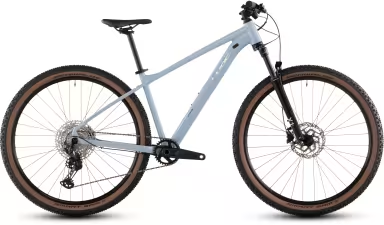
Cube Attention Pro

SCOTT Scale 600
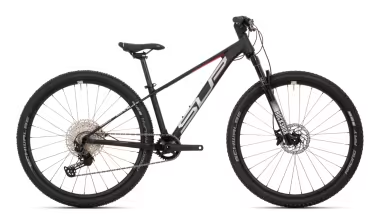
Superior Team 27 Issue

Orbea ONNA 27 40
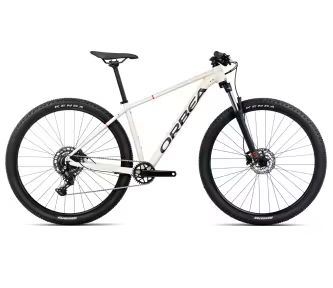
Orbea ONNA 27 40
Buying advice for: Mountainbike: Hardtail
Frame material
Most hardtails are made of aluminium, which provides a good balance between weight and stiffness. Alternatively, there are also models with carbon frames, which are lighter and stiffer, but usually a little more expensive. The right frame size is crucial for comfort and control. The size should be chosen based on your height, stride length and personal preferences.
Suspension
The suspension of a hardtail mountain bike is a crucial component for the riding dynamics and comfort of the bike. Although hardtails only have front suspension compared to fullys, there are still important aspects of the suspension that you should pay attention to. The fork plays a decisive role in absorbing shocks and bumps. Forks with a travel of between 100 and 120 mm are common for trail riding, while longer travel may be preferred for more aggressive trails. The stiffness of the fork influences the steering precision and riding dynamics of the bike. A stiff fork improves control and riding characteristics, especially when riding aggressively and on technically demanding terrain.
Wheels
Wheels are also an essential component of a hardtail mountain bike and contribute significantly to the bike's performance and riding characteristics. The most common wheel sizes for hardtails are 27.5 and 29 inches. The choice depends on personal preference, riding style and type of terrain. Larger wheels (29 inch) often roll over obstacles more easily and offer improved traction, while smaller wheels (27.5 inch) are more agile and easier to manoeuvre.
Tyres
Tyre size and width influence rolling resistance and riding comfort. Wider tyres offer more grip and damping on uneven terrain, while narrower tyres roll faster and weigh less. There are also differences in the rims for hardtrail bikes. Aluminium alloys are the most commonly used materials for rims on hardtail wheels. Alternatively, there are also carbon rims, which often offer greater stiffness at a lower weight. However, these are usually somewhat more expensive. The choice of rim width influences the choice of tyres and the handling of the bike. Wider rims support wider tyre profiles and offer improved traction and damping.
Brakes
The brakes are a decisive safety aspect on a hardtail bike and contribute significantly to control and riding safety. Disc brakes offer better braking performance and modulation than rim brakes. Hydraulic disc brakes require less manual force and offer improved braking control, but are generally more expensive than mechanical brakes. High-quality brake pads are also crucial for effective braking performance. They should be durable and provide good modulation to enable smooth or sharp braking manoeuvres. Organic pads offer good all-round performance and are quiet, while metallic pads often perform better in wet and muddy conditions and last longer. To minimise safety risks, it is particularly important that the braking system is regularly maintained. This includes regularly checking and, if necessary, replacing brake pads, bleeding hydraulic brakes and checking the brake fluid. By taking a few crucial factors into account and choosing the right elements, your hardtail bike can be ridden almost anywhere there is a path or trail. The perfect companion for trail parks, forest and woodland paths, cross-country routes or urban terrain and urban commuter routes.
More interesting bikes

SCOTT Voltage YZ 0.1

Scor 4060 Z LT
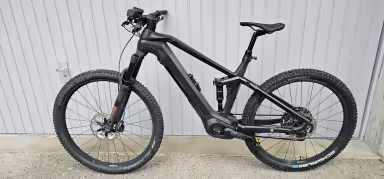
Bulls Sonic Evo Am 3 Carbon 625

